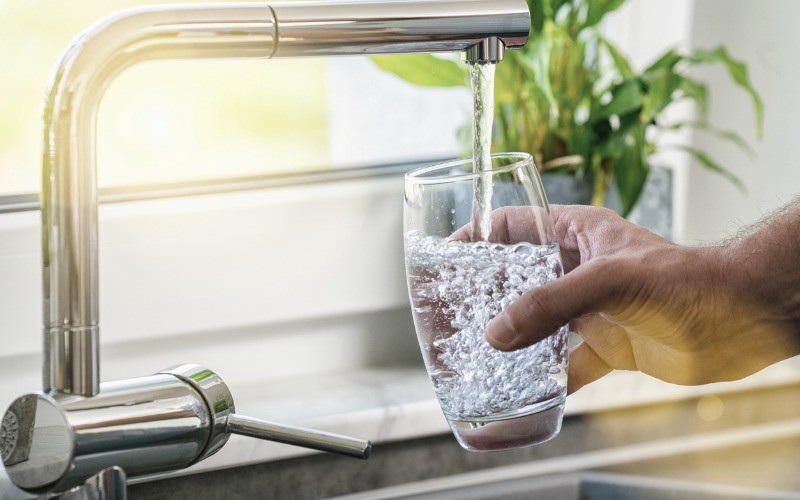Are you aware that the water in your glass may not be of the same quality as the water we use in our homes, farms, and businesses while you wait in line with a glass of water? You ought to be aware of this if you aren’t already.
According to study done by the World Bank in 2019, the global decline in water quality is causing communities with high pollution levels to lose economic potential. It also acts as a warning about the hidden harm to human and environmental health posed by poor water quality.
Be Aware of the Danger
The danger of contamination and the expense of water treatment increase as a result of the mixing of pollutants from farms, residential lawns, overflowing sewage systems, garbage, animal waste, and nitrogen and phosphorus in waterways. Other underlying issues like weather and meteorological floods brought on by climate change make things worse. Human intervention does not entirely determine water quality. Others fear that the quality of our water supply is significantly declining as a result of climate change.
Survival With Water
Every living thing on Earth, from people to plants to animals, depends on water to survive. Water is the only thing needed to survive. Just after air, water is the second most important component for maintaining life. Only 3{9fdba14f03cbbf716fb346f1ce9dce3fef9c0d4120cd911d8a09fad471b97b8c} of the water in the globe is safe to drink, according to several studies.
Due to the frequent discharge of pollutants and chemicals into rivers and other water sources by companies and homes, water is suffering greatly as a result. These pollutants and poisons may include plenty of dangerous germs and metals. Farming-related fertilisers and pesticides may leak into the ground and pollute drinking water. Agriculture practises also contribute to water contamination; it is not only from industrial causes.
Drinking tainted water is very risky and may result in severe sickness. Before it can be utilised for anything, including drinking, cooking, or as an ingredient in food, water must be examined and cleaned. Regardless of the application, this is true. Water allergies are medically referred to as “aquagenic urticaria,” sometimes called “water urticaria.” These days, water is the source of the propagation of many illnesses.
When evaluating the quality of the water, many elements may be taken into account.
Chloride ion: Chloride ions are hardly present in natural water systems. It is more likely to be present in contaminated water. In addition, water with a lot of chloride ions tastes salty and corrodes the pipes that supply water.
Ammonia concentrations in water rise as a result of the breakdown of organic materials like proteins and amino acids. Its increasing prevalence is also attributed to the use of chloramine to disinfect water. The normal concentration of NH3 in aquifers is three milligrammes per litre. A concentration of 50 milligrammes per litre or more will result in the development of a distinctive taste and smell.
Conclusion
Nitrite is formed as a highly reactive intermediate in the chemical reaction that converts NH2 into nitrate. In an aerobic environment, nitrite goes through an oxidation process to produce nitrate, whereas in anaerobic conditions, it goes through a reduction process to create ammonia. Nitrite in drinking water is harmful because, if consistently taken, it may lead to cancer and other major health issues. Infants’ skin becomes blue due to illnesses like blue baby syndrome. The underlying cause of this illness is a high concentration of nitrite in the infant’s blood.

